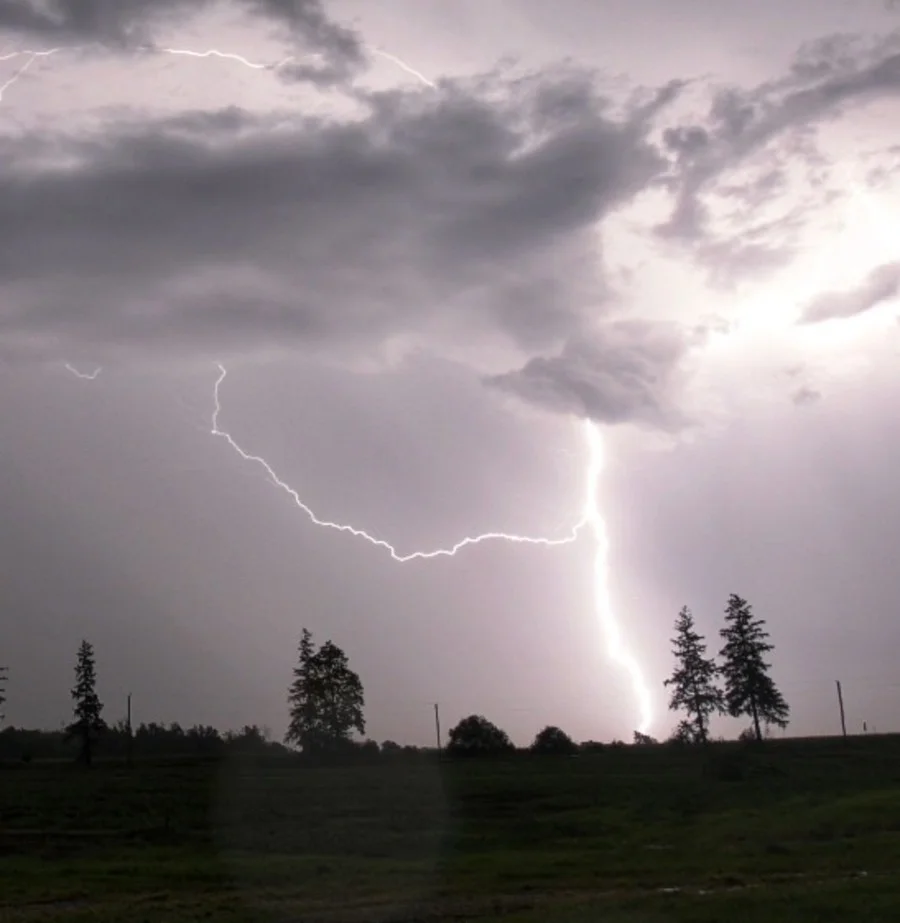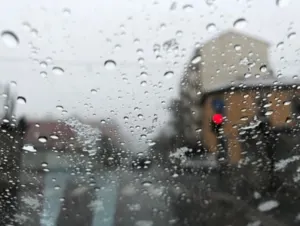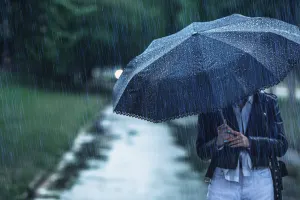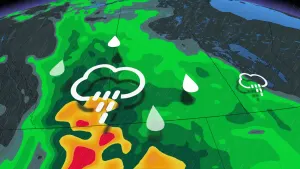
Can lightning strike the same place twice?
Believe it or not, this long-held myth is far from the truth. While the odds of being struck by lightning are low, the chances of lightning striking the same place twice are high.
Lightning never strikes the same place twice, right?
Believe it or not, this long-held myth is far from the truth. While the odds of being struck by lightning are low, the chances of lightning striking the same place twice are high. Lightning can, and often will, hit the same spot multiple times. These strikes can occur during the same weather event or on different occasions.
Lightning is both mesmerizing and dangerous. There are approximately 8 million flashes of lightning a day worldwide, which is about 100 strikes a second. On average, Canada sees 2.4 million lightning strikes per year.
To understand why lightning can strike the same place multiple times, it helps to know how lightning forms.
Lightning is often produced by thunderstorms that develop on warm, humid days. Lightning is a huge bolt of electricity initiated when tiny ice and water particles within the storm collide due to updrafts and downdrafts.
WATCH: THE SCIENCE BEHIND HOW LIGHTNING FORMS
These collisions create an electrical charge. The cloud is filled with positive charges, which rise to the top and negative charges, which sit at the bottom.
The key elements are the negative charges in the cloud. Since opposites attract, the negatively charged particles at the bottom of the storm cloud attract positive charges, which build on the ground underneath the storm. The negative charges in the cloud create a path toward the surface called a stepped leader.
The positive charges on the surface move upward towards the cloud. Once a connection is made, the negative charges can flow freely from the cloud to the ground and immediately, a return strike, or what we know as lightning strikes, travel up to the cloud.
According to the Government of Canada, positive charges from the ground usually build on tall objects and structures like trees, poles and buildings. It is more likely for lightning to strike tall structures like skyscrapers multiple times due to the accumulation of positive charges and the short path from the cloud to the surface.
Source: Government of Canada










